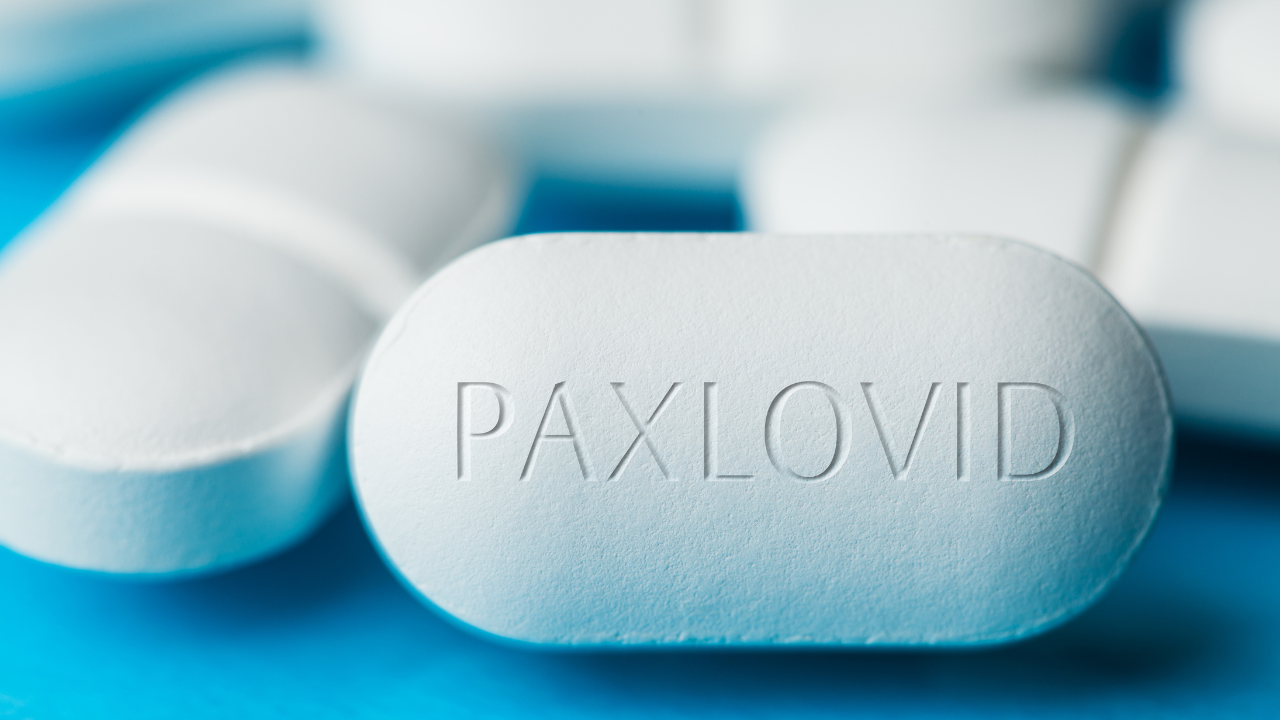NIH Study Estimates Pfizer’s Paxlovid Could Reduce COVID-19 Hospitalizations, Saving Billions in Healthcare Costs
Results of a study conducted by the National Institutes of Health indicate that the Paxlovid prevented a substantial number of hospitalizations associated with COVID-19.

Greater use of Pfizer’s Paxlovid (nirmatrelvir/ritonavir) in high-risk patients infected with COVID-19 could significantly reduce the number of hospitalizations and save billions of dollars in healthcare spending, according to a study by the National Institutes of Health.
The study, which assessed the benefits associated with increased use of Paxlovid to treat COVID-19, found that only 15% of high-risk patients are administered the medication when infected with the virus. Additionally, they discovered that treating 20% of symptomatic patients with Paxlovid over 300 days from January 2022 resulted in significant cost reductions and fewer deaths, specifically during the wave of the Omicron variant.
To conduct the research, investigators utilized a within-host model to simulate the kinetics of SARS-CoV-2 virus replication in infected individuals, tracking the dynamics of uninfected cells, infected cells, and free viral particles to get a better idea of how Paxlovid treatment impacted viral growth. Further, they relied on individual patient data from a clinical trial of 1,126 adults treated with placebo compared to an additional 1,120 treated with Paxlovid. The study also considered variables such as the infection rate of susceptible cells, rate of infected cell death, viral clearance rate, virus production rate, and the efficacy of Paxlovid in suppressing viral replication.
Paxlovid was found to repress viral replication by 99.37% per day, suggesting that the antiviral treatment provides major benefits to those infected with COVID, also significantly reducing the risk of transmission, according to the study. The researchers then validated their data by comparing the model-estimated mean viral load trajectories for untreated and treated case-patients with corresponding clinical trial data for patients receiving placebo or Paxlovid treatment, finding that decreases in viral loads aligned with 95% of confidence intervals, suggesting that the model found precise effects of the treatment.1
“This model shows us there are real benefits to using Paxlovid, not just for the patients receiving treatment, but for the people around them,” said study corresponding author Lauren Ancel Meyers, UT professor of integrative biology and statistics and data sciences, director, Center for Pandemic Decision Science, in a press release. “Not only does this drug help keep high-risk patients out of the hospital, but it can substantially decrease the chance that a treated patient will infect other people.”2
The authors of the study said that these results indicate the significant promise of fast-acting antiviral drugs, such as Paxlovid, in mitigating COVID-19, shown by the decreased amount of viral replication and transmission among patients. They also suggested that continued use of the treatment could be economically beneficial, noting that treating 20% of symptomatic patients with Paxlovid could result in up to 850,000 fewer hospitalizations for a total savings of nearly $170 billion.1,2
For this estimate, the researchers assumed that patients would take Paxlovid within the recommended five days of symptom onset, before estimating different outcomes based on various projected levels of viral transmission. Assuming each of the symptomatic patients would pass the virus to another individual, use of Paxlovid in one out of every five of total symptomatic patients could result in 280,000 fewer hospitalizations for $57 billion in savings, according to the study. As such, use of Paxlovid in 20% of patients was projected to result in 850,000 fewer hospitalizations for more than $170 billion in savings, according to the study.
Regarding limitations, the authors acknowledge the lack of consideration for variability in viral kinetics across age or risk groups and the potential for viruses to be resistant to Paxlovid, offering a challenge to antiviral treatments. Despite this, the research suggests that the capabilities of Paxlovid could potentially limit viral evolution and new variants, according to the authors. Moving forward, the authors suggest addressing challenges such as misinformation, limited healthcare access, and pandemic fatigue in order to provide sufficient antiviral treatment strategies.1
“We conducted this analysis to help doctors and policymakers make good decisions about using Paxlovid to combat future waves of COVID,” Meyers said in the release. “A lot of our work is aimed at improving global preparedness for future pandemics. These kinds of models can help to ensure that the US has enough antivirals stockpiled and to design playbooks for using vaccine, drugs and other measures in the heat of threat to slow viral spread and save as many lives as possible.”2
References
1. Public Health Impact of Paxlovid as Treatment for COVID-19, United States. CDC. February 2024. Accessed February 23, 2024. https://wwwnc.cdc.gov/eid/article/30/2/23-0835_article
2, Increased use of Paxlovid could cut hospitalizations, deaths and costs. EurekAlert!. February 22, 2024. Accessed February 23, 2024. https://www.eurekalert.org/news-releases/1035370
Cell and Gene Therapy Check-in 2024
January 18th 2024Fran Gregory, VP of Emerging Therapies, Cardinal Health discusses her career, how both CAR-T therapies and personalization have been gaining momentum and what kind of progress we expect to see from them, some of the biggest hurdles facing their section of the industry, the importance of patient advocacy and so much more.
Regeneron, Roche Launch Major US Expansion Plans to Meet Growing Demand for Biologics and Innovation
April 22nd 2025With combined investments exceeding $53 billion, both companies are deepening their US presence through expanded biologics production, gene therapy capabilities, and next generation R&D centers.

.png&w=3840&q=75)

.png&w=3840&q=75)



.png&w=3840&q=75)



.png&w=3840&q=75)









